Building Map...
| Number | Accession ID | Location | |
| 1 | ORIG_3752*A | HLTP | |
| 2 | ORIG_3729*A | HLTP | |
| 3 | ORIG_5153*A | SCPA | |
| 4 | ORIG_5158*A | SCPA | |
| 5 | 2023_00158*A | HARR | |
| 6 | 2023_00158*B | HARR | |
| 7 | 2023_00221*A | DUHM | |
| 8 | 2023_00221*B | DUHM | |
| 9 | 2023_00221*C | DUHM |
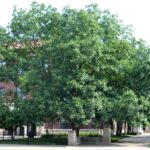
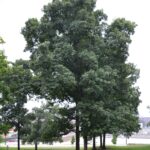
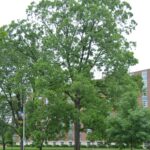
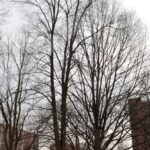
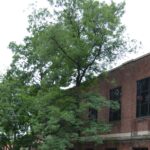
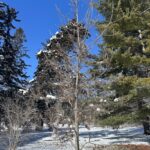
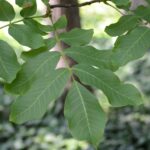
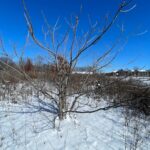
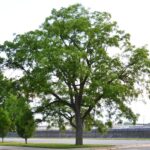
The Purdue Arboretum is a collaboration between the Department of Horticulture and Landscape Architecture and Physical Facilities Grounds Department